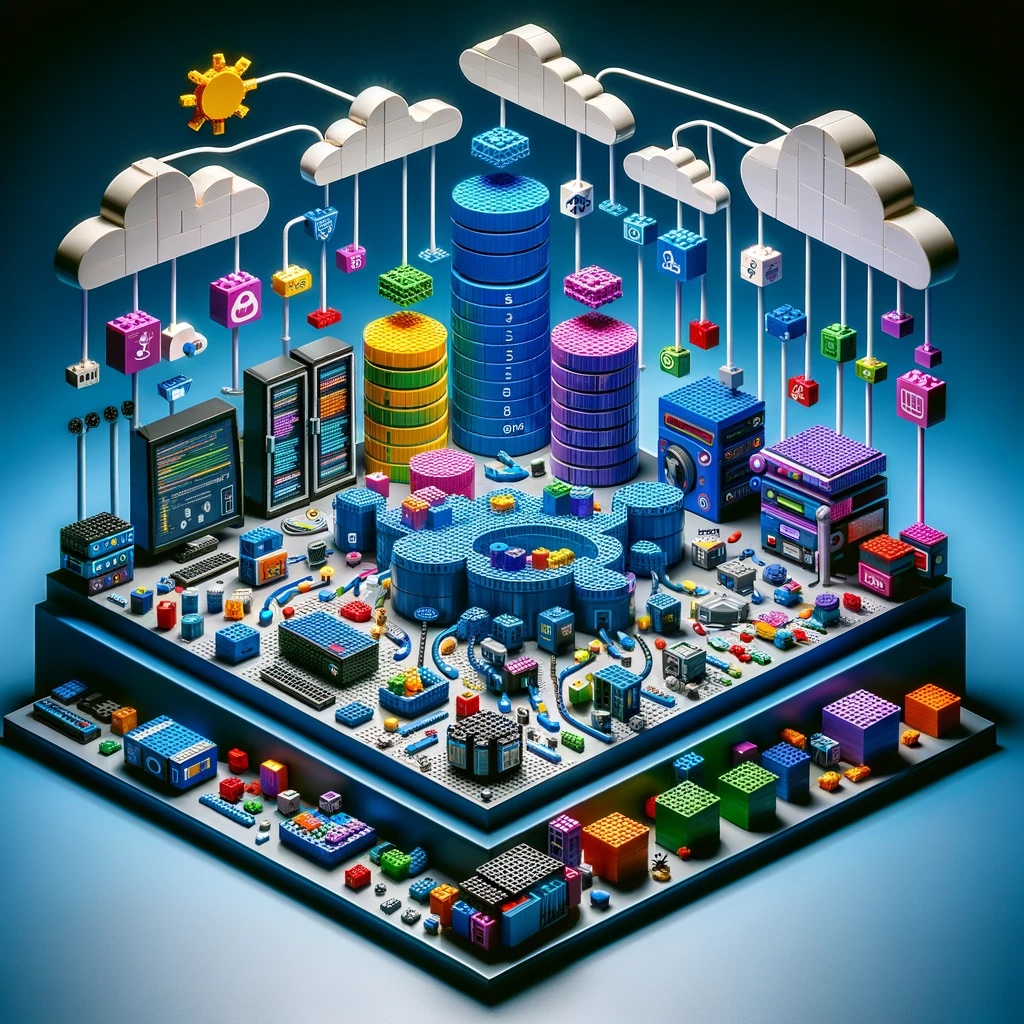When developing a microservice application like “MyOwnTutorial”, one of the first decisions to make is whether to define a consistent technology stack across all microservices or allow each service to use its own stack. There are benefits and drawbacks to both approaches, and understanding them is crucial to making an informed decision.
Benefits of a Consistent Technology Stack
- Easier Development and Maintenance: A consistent technology stack simplifies the development process as engineers only need to be proficient in a single set of tools and languages. This also streamlines maintenance, as any updates or bug fixes can be applied uniformly across services.
- Simplified Onboarding: With a consistent stack, onboarding new team members becomes easier, as they only need to learn a single stack to contribute to any part of the application.
- Improved Code Reusability: Using the same stack across services promotes code reusability, as components can be shared more easily between services.
Drawbacks of a Consistent Technology Stack
- Limited Flexibility: A consistent stack might not be the best choice for every service, as different services may have different requirements. Forcing a single stack on all services might limit their ability to meet specific needs optimally.
- Potential for Suboptimal Choices: Sticking to a single stack might lead to using less efficient tools or languages for certain tasks, potentially resulting in performance or scalability issues.
- Vendor Lock-in: Choosing a consistent stack might lead to vendor lock-in, making it difficult to adopt new technologies or switch to better alternatives in the future.
For “MyOwnTutorial”, consistent technology stack offers a balance between ease of development and flexibility. Let’s discuss the engineering benefits, software security benefits, and security concerns associated with this choice.
Java: As the primary programming language, Java offers strong typing, which reduces the risk of runtime errors and improves code maintainability. Java’s mature ecosystem provides numerous security-focused libraries and tools, such as OWASP’s Java Encoder Project and Java HTML Sanitizer. However, it’s important to keep Java up-to-date and address known vulnerabilities to ensure a secure environment.
Quarkus: This high-performance framework is optimized for microservices and cloud-native environments. Quarkus enhances security by providing built-in support for security standards like OAuth 2.0, OpenID Connect, and JSON Web Tokens (JWT). It’s crucial to stay updated with Quarkus releases and apply security patches as needed.
Vaadin: Vaadin simplifies frontend development with reusable UI components and seamless data binding. It offers server-side rendering, which can help mitigate client-side security risks such as cross-site scripting (XSS) attacks. However, it’s important to follow best practices for securing Vaadin applications and being aware of when developers can disable some of the built in security protections.
PostgreSQL: This robust, open-source relational database system supports advanced security features like role-based access control, row-level security, and data encryption. Regularly updating PostgreSQL and following security best practices, such as using prepared statements and parameterized queries, can help protect against SQL injection attacks.
Hashicorp Vault: Centralizing secrets management with Hashicorp Vault reduces the risk of sensitive data exposure. Implementing proper access control policies and monitoring Vault activity is crucial for maintaining a secure environment.
Keycloak: Keycloak provides robust authentication and authorization capabilities, simplifying user access management. Regular updates and proper configuration, such as enabling two-factor authentication and using secure protocols, can help protect against unauthorized access.
Redis: While Redis improves performance through caching and enables real-time communication, it’s important to address security concerns such as unauthorized access and data leakage. Implementing proper access control, using secure connections, and regularly updating Redis can help mitigate these risks.
Docker and Kubernetes: Containerization and orchestration offer numerous benefits, such as improved deployment consistency and scalability. However, it’s essential to follow security best practices, such as using container security tools, scanning for vulnerabilities, and implementing proper network segmentation.
GitHub: Using GitHub for version control simplifies collaboration and code management. Enabling features like branch protection, required status checks, and regularly backing up the source code to an external source can provide additional protections.
With the foundation of our technology stack established, it’s time to delve into the first bounded context of our application: User Access and Management. This context encompasses the authentication, authorization, and management of user identities within “MyOwnTutorial”. In our next post, we’ll explore how to design and implement secure user access and management features, leveraging our chosen technology stack to ensure the highest level of security for our users.

